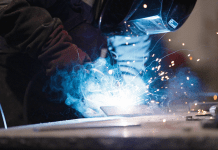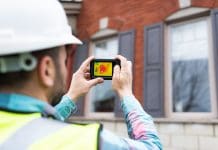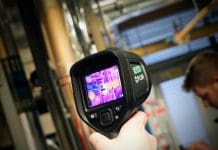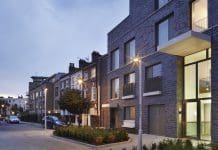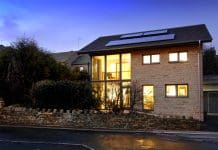Simon Newcombe, Business Development Manager, Schréder talks about the role of connected lighting networks in saving energy and reducing emissions…
The global population is growing by approximately 83 million people annually and the United Nations (UN) World Urbanization Prospects report predicts that 60% of the world’s population will live in cities by 2050. For urban planners, architects and designers of public spaces the key challenge is offering citizens a sense of safety and wellbeing while balancing increasingly stringent financial and environmental restrictions.
It is for this reason that local authorities around the world are investing in new technology to connect key infrastructure via the internet. This will offer a range of new data streams and enable better management of the cities of the future. According to business consultancy firm Gartner there will be 26 billion devices networked together in the Internet of Things (IoT) by 2020. While many of these connected devices will be used by consumers – from washing machines and fridges to cars and motorbikes – the majority will be utilised in public infrastructure – the smart city.
What do we connect already?
Connected infrastructure gives local authorities more control and visibility over public services. Take lighting; central management systems (CMS) – where a city’s lighting is networked together and controlled remotely from a central location – gives significant levels of control and enables energy savings and reductions in carbon emissions.
When energy efficient LED luminaires – which alone can enable energy reductions of 60% against traditional technology – are connected to a CMS, energy consumption can be optimised through dimming schemes and variable lighting levels. Streetlights can be dimmed, for example, to 40% between the hours of 01:00 and 05:00. Different areas of a city or town can be divided into zones and each zone can have a unique dimming profile based on the type of road, time of day, or what the area is used for.
One for all and all for one
Connected lighting networks using CMS are seen by many as the foundation for the smart city movement, but new multi-functional lighting products also have the potential to become even more central to their wider development.
Connected, interactive and multi-functional lighting columns declutter public spaces by providing multiple requirements in a single installation. Installing one luminaire for multiple purposes removes the need for other street furniture and significantly lowers the carbon footprint of what would have been a number of installations.
Multi-functional lighting columns can include a variety of ‘enabling’ services – pieces of technology that interact with and extend the range of other systems. Loudspeakers, CCTV, night vision, wireless internet (Wi-Fi) routers, electric vehicle (EV) charging and visual guidance tools can all be integrated into a single lighting column thanks to advances in energy supply technology. Multi-functional lighting columns are flexible and offer quick and inexpensive on-site installation, very low maintenance and a low total cost of ownership for local authorities. Indeed, lighting columns are the natural choice to house new technology as they are already evenly distributed throughout urban areas.
Commercial implications of increased connectivity
Multi-functional installations provide additional cost saving opportunities for local authorities through affiliated maintenance contracts and managed services. Why employ four engineers to service four separate installations when one engineer can service the whole product in a fraction of the time and for a fraction of the cost?
The benefits also extend to retailers and local businesses. For ‘brick and mortar’ high street retailers, the internet has had a serious impact on sales as increasing numbers of consumers choose to do their shopping online. Offering internet access in public places, however, can have a positive impact for high street retailers, shopping centres and other commercial spaces. 62% of people spend more time in public areas when they can use their laptops and tablets via Wi-Fi, and surrounding shops and facilities report an additional 50% more spending when this occurs. Providing ubiquitous connectivity in commercial spaces through lighting columns can have a positive impact on footfall for local businesses.
Multi-functional luminaires offering internet connectivity in public spaces also provides a valuable hub for the collection, storage and distribution of information. The applications of this touch on all aspects of public life, from health and safety to crime prevention and social interaction. This connectivity between local businesses and potential customers also provides valuable opportunities for retailers to interact with customers with exclusive offers and enables them to provide better, more targeted and rewarding services.
The cutting edge equipment making its way into integrated lighting products is already making cities safer, healthier and more profitable. As smart cities begin to come into their own, the possibilities of future integration can be harnessed by local authorities, businesses of all sizes, and the increasing number of citizens moving into urban areas.
Simon Newcombe
Business Development Manager
Schréder
http://www.schreder.com/Pages/default.aspx


